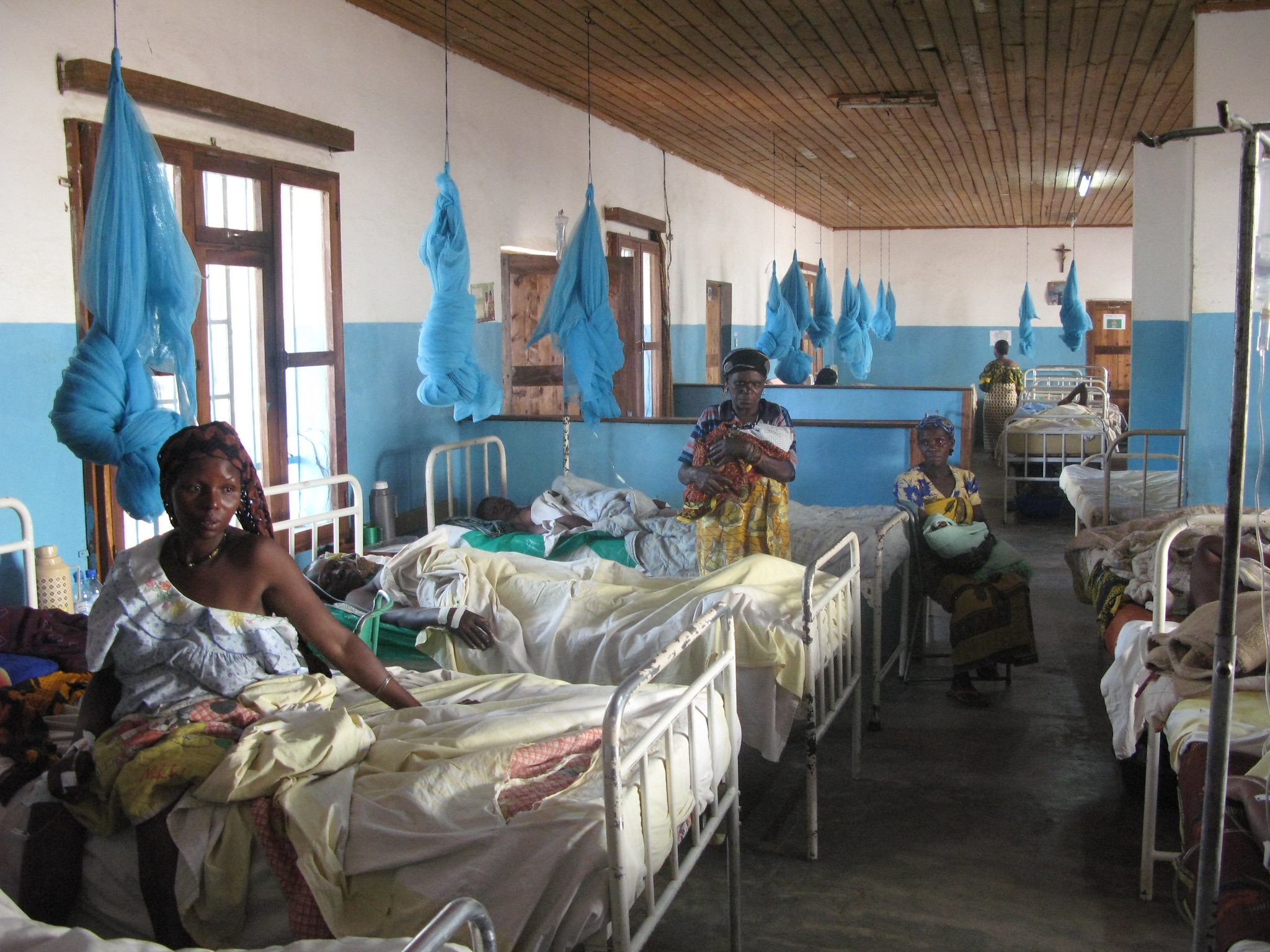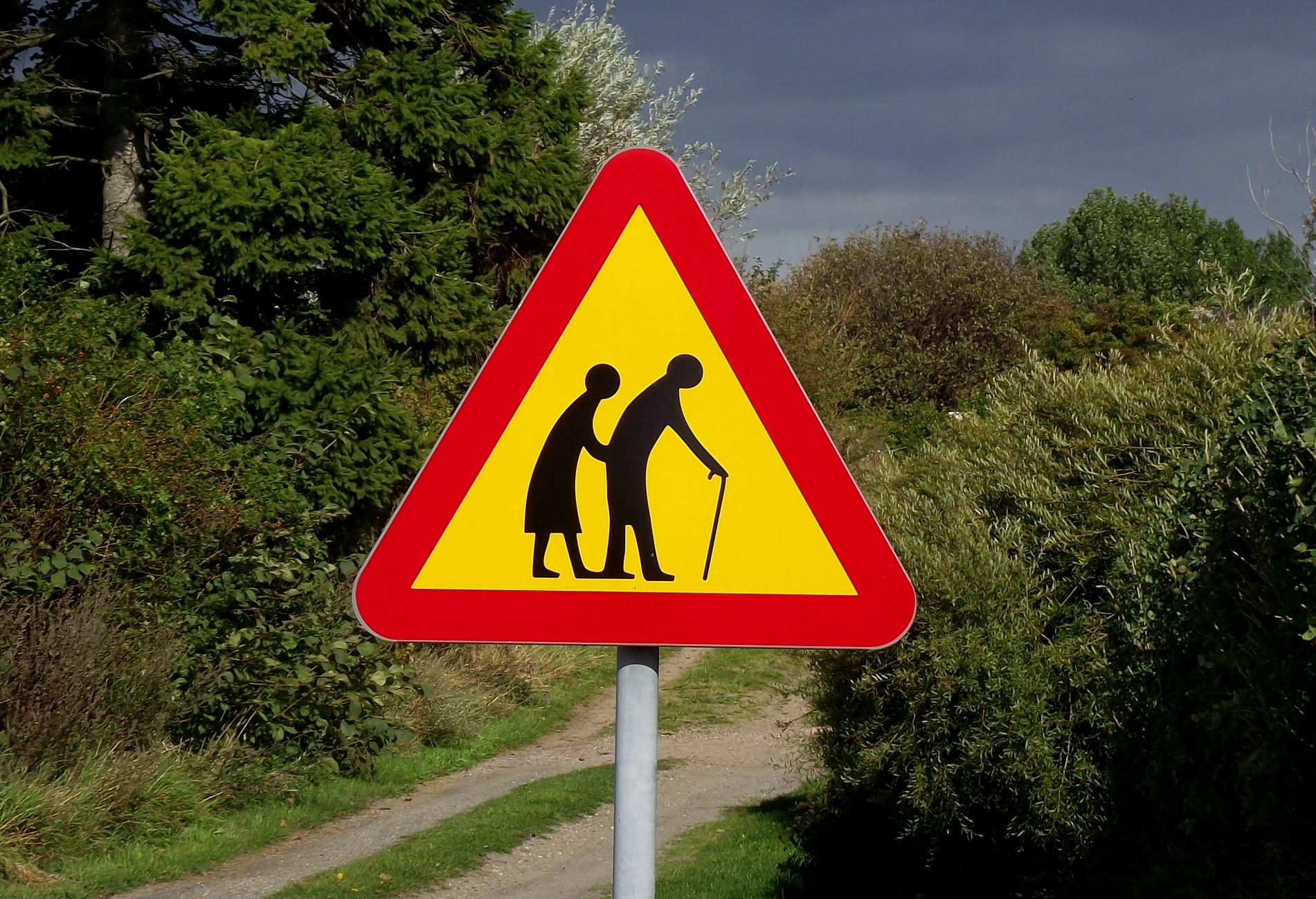By the end of this century, the global population is predicted to fall for the first time since the Black Death. In every continent the pitter-patter of babies’ feet is being replaced by the clanging of walking sticks as family size shrinks under the immense pressures of working life. Faced with a shortage of workers and a growing pension-age population, the ruling class are worried about what they are calling the ‘demographic transition’.
Pope Francis speaks of a demographic winter; Communist Party officials despair over China’s now shrinking population and the governor of the Bank of England believes Britain’s economy will be ground between the millstones of low productivity and an ageing population. And plans are being drawn up to make the workers pay for this crisis, from the cradle to the grave.
Fears over a declining and ageing population are the mirror image of anxieties of overpopulation. They are both rooted in a society which places profit above all else and is therefore unable to unlock the immense productive potential of modern industry allowing everyone to work less, retire earlier and have the families they desire.
Why is this transition taking place? Two trends are at play. On the one hand, average life expectancy skyrocketed in the latter half of the 20th century. By 2050, there will be 1.5 billion people of pension age on the planet. In the OECD, the number of over-85s will have tripled. Simultaneously, family sizes are collapsing. In 1965, the average woman on the planet had 5 children. Today it is 2.3. When this number drops below 2.1, populations are set to decline where they are not bolstered by migration. This is now the case in the 15 largest countries by GDP.
Advances in birth control, and the mass entry of women into the workforce, giving them a greater degree of economic independence, have played a part in reducing fertility rates. However, the number of children has fallen far below the wishes of many would-be parents.
Figures released by the OECD prove this. According to their research, the average adult desires 2.3 children, yet only has 1.6. Only 2 percent of adults wish to be childless, yet five times this number actually are. Across the entire OECD, there is not one country where adults have anywhere near the number of children they want.
 Women spend around 5 hours a day on domestic labour worldwide / Image: Medici con lAfrica Cuamm, Flickr
Women spend around 5 hours a day on domestic labour worldwide / Image: Medici con lAfrica Cuamm, Flickr
This gap is a direct result of modern capitalism. The working family is crushed by skyrocketing rents, long working hours and inadequate childcare. Under such immense pressures, for most working parents there is simply not enough time between work and sleep to complete the domestic chores raising a child entails, whilst the costs of childcare, education and running a home are spiralling beyond reach.
To this day, women spend around 5 hours a day on domestic labour worldwide and larger families compound this burden. Inadequate or non-existent socialised childcare routinely places the onus of raising children on mothers or the extended family.
In the US, the average cost of raising a child from birth to the age of 18 is $300,000. Another $100,000 must be added if that child is to go to university. The US is not an outlier. In the Netherlands, childcare costs are over half of the average wage.
For this reason, 64 percent of those Americans having less children than they would like cite cost as a decisive factor. A survey of British women who had an abortion found that 60 percent say financial worries put them off pregnancy.
The workplace offers no respite. In the eyes of the capitalists, expectant mothers are seen as less productive workers. They are routinely stigmatised, with half of women reporting discrimination due to pregnancy.
When one woman told her boss the good news that she was expecting a child, her boss replied, “It would be easier for your future career if you just bought a coat hanger”.
As long as workplaces are run in the interests of profits, mothers will be torn between their careers and their children. They are forced into part time and flexible work whilst being routinely overlooked for promotions. By the time their first child reaches 5 years old, the average mother in the West enjoys a 40 percent smaller paycheck.
Lower pay and rising costs mean that having a child, if it is feasible at all, is like a chain binding a mother to the domestic sphere and to economic dependence on her husband. As long as this remains the case, genuine women’s equality is unobtainable.
No solution under capitalism
The current low fertility rate is the product of the contradiction between the needs of the family and the needs of the capitalists. Parents require an accommodating workplace, affordable and high quality childcare, as well as the resources needed to raise children in conditions worthy of human beings. However, the capitalist will always run their workplace in the interests of profit and the resources required for raising children, either in the form of childcare, spacious houses or decent education must ultimately derive from their profits.
Fearing that low fertility rates mean the supply of new workers will dry up, some governments have attempted to overcome this contradiction through a series of ‘pro-natalist’ policies. These attempts to move the birth rate have failed miserably.
In China, the CCP is so concerned over an ageing population that it has dropped the one-child policy and is now incentivising families to have three children. Despite this, youth unemployment is now so high the government refuses to publish the data.
The problem is so entrenched in South Korea, that even a $250bn splurge on childcare subsidies failed to boost the record low fertility rate of 0.78 children per woman. Defeated, President Yoon Suk Yeol took to attacking ‘feminism’ as the problem instead. And, in fact, this is largely what the ‘pro-family’ policies of capitalist governments around the world amounts to: whipping up a culture war.
In Italy, for instance, where the fertility rate is just 1.4, Meloni has made a great deal of urging Italians to have more children. Her party has linked the question of low fertility to immigration, whipping up bigotry by claiming Italians will be replaced by foreigners unless there is a rise in births.
But the Italian capitalist class needs cheap, highly exploitable workers. And just as Meloni's talk about migration is pure demagogy, so too is all her talk of being ‘pro-family’. Neither her government nor the ruling class have any intention of paying for free childcare, better maternity leave, or any other measure that would improve the conditions of working-class women.
Austerity for decades
Governments across the world understand that under capitalism the crisis in the family cannot be overcome. Which class will pay to support a growing ageing population? Not the capitalists, who are slashing healthcare and pensions everywhere instead, making older workers work harder, for longer, for less.
In a study called, “Global Ageing 2023: the Clock Ticks”, global credit ratings agency Standards & Poor (S&P) have congratulated western governments on the work already done in carrying out these attacks. The retirement age has been raised, pension schemes adjusted and contribution rates increased. However, S&P are quick to point out there is more to do to stop ballooning state budgets as greying workers demand pensions and healthcare.
They predict that, unless deep cuts are made amounting on average to 10 percent of GDP for the imperialist countries (the figure is 18 percent for the ex-colonial countries), government debt will soar, leading interest rates to skyrocket as government credit ratings across the board drop to “speculative” grade.
One way or another the capitalists will force the workers to pay. And the irony is, in piling pressure on workers with families and those considering starting families in order to pay for the needs of an ageing population, the ruling class will make it ever-more unsustainable to begin a family in the first place. The logic of capitalism is creating a vicious cycle.
The scale of the attacks demanded is immense. For context, the decade of austerity ruthlessly carried out by the Tory Party in Britain only managed half of what S&P suggests is coming down the line.
The workers will not accept this lying down. In UK universities lecturers have been striking intermittently for over five years to fight back against counter-reforms to pensions. In France, mass strikes and rioting were the order of the day when Macron announced his intention to raise the state pension age, going as far to circumvent parliament in order to pass his counter-reform. The struggle is not just limited to pensions. Workers from London to Madrid are fighting back against unceasing attacks on health and social care.
Not a demographic crunch, but a capitalist crisis
The underlying assumption of the S&P report is that the economy will continue its sluggish growth. On a capitalist basis, that is the best that can be hoped for. The capitalists have demonstrated that they cannot unleash even a fraction of the vast technological potential the world has at its disposal. But a rationally planned global economy could send the productive forces skyrocketing: reducing the working day whilst increasing living standards enormously, whilst socialising and automating so much of the domestic drudgery that falls so disproportionately on women.
In 1930, the bourgeois economist John Maynard Keynes predicted that by 2030 the working week would only be 15 hours long. Today’s bourgeois economists now say working life will be half a century. Technological marvels exist that previous generations would have considered close to magic, yet families struggle to raise two children in a decent size home. Whilst pensions, healthcare and all the reforms of the past are viciously attacked under the claim that the wealth does not exist, hundreds of millions of workers languish in unemployment.
So long as the economy remains in private hands and driven by the anarchy of the market, families will be squeezed until the pips squeak. They will be torn between the pressures of work and child rearing at every turn. The result will further exacerbate the demographic crisis. Unable to harness the immense productive forces the capitalists will ensure that the workers will labour harder and longer for less, as healthcare, pensions and a thousand other reforms are butchered to satiate capital.
This is not a question of demographics but a question of capitalist decline. Only the democratic planning of the whole economy on a world scale can cut through this gordian knot.
It is not the population that is senile, but the system.

